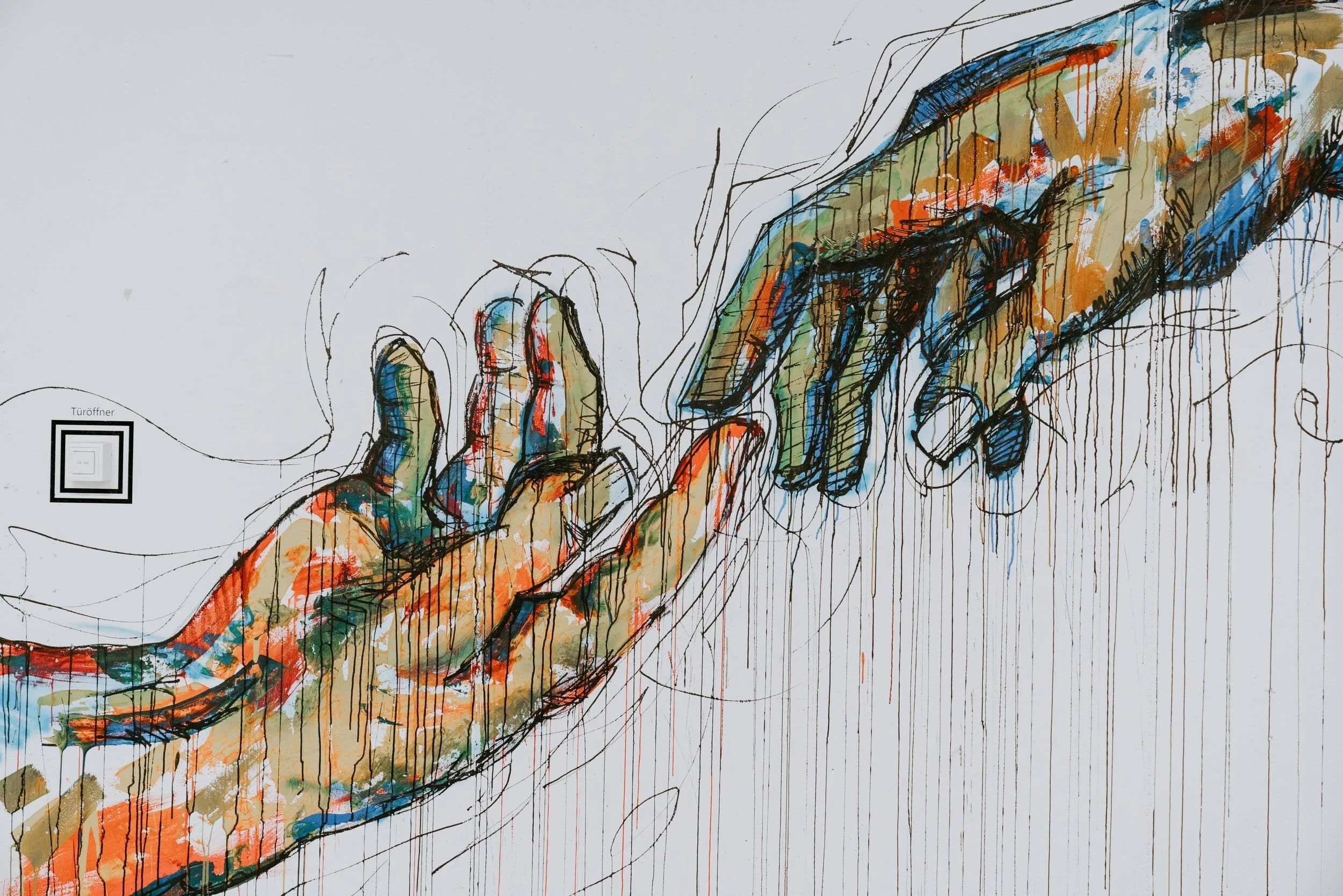Adapted from History of Psychotherapy, by Jim Haggerty, M.D.
According to Jim Haggerty, people have been telling their problems to someone for centuries. It didn't always look the way it does now. Treatment for emotional problems can be traced to antiquity. The ancient Greeks were the first to put a label on "mental illness" as a medical condition rather than a sign of an evil spirits. They originally thought that hysteria only affected women due to a wondering uterus. Their treatment for mental illness was quite peculiar. Bathing was used for depression and blood-letting for psychosis. They did not recognize the treatment value of encouraging support and consoling words.
During the Middle Ages, after the fall of the Roman Empire, people attributed mental illness to supernatural causes. They used torture to gain confessions of demonic possessions. During the sixteeth century, the time of Paracelsus, a form of psychotherapy emerged as a treatment of the insane.
Walter Cooper Dendy introduced the term"psycho-therapeia" in 1853. Around the turn of the century, Sigmund Freud developed psychoanalysis and made profound contributions in with his studies of infantile sexuality, use of dreams, description of the unconscious, and his model of the human mind.
Freud believed that mental illness was caused by keeping memories or thoughts in the unconscious. He believed treatment succeeded by listening to the patient while providing interpretations to help bring memories to the forefront. Freud believed this would result in a decrease in symptoms.
Around 1950, American psychology began to include more active therapies such as behavioral psychology to treat emotional and behavioral problems. Combining the therapy with an emphasis on thoughts and feelingsmade cognitive behavioral therapy a major type of treatment for many psychiatric conditions.
In the 1940s, Carl Rogers was founded unconditional positive regard, meaning the transmission of warmth, genuineness, and acceptance from the therapist to the individual. In the 1960s, over sixty types of psychotherapy surfaced, ranging from psychodrama to guided imagery.
Now, with the issues of price and time, psychotherapy treatment is incorporating more brief forms of treatment. This trend is further driven by the arrival of manged care insurance plans and limits to coverage. Today, there are many therapeutic modalities that offer some sort of brief therapy designed to help people deal with specific problems.
APA Reference
Haggerty, J. (2015). History of Psychotherapy. Psych Central. Retrieved on May 27, 2016, from http://psychcentral.com/lib/history-of-psychotherapy/

